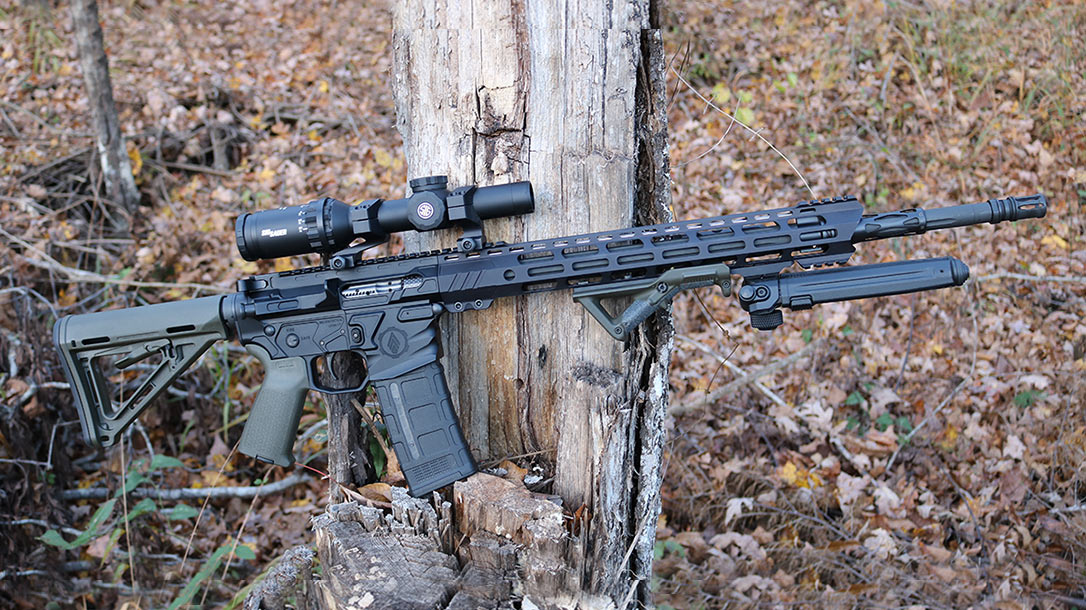The 3rd Gen Tactical produces arguably the finest AR receivers in the world. Cut from billets of 7075-T6 aluminum, their upper receivers, lower receivers, and handguards provide the foundation for the kind of rifles wielded by the gunman of distinction. Their design is superlative, and the attention to detail is simply without peer.
3rd Gen Tactical and Riflespeed Allow You to Build the Rifle That Suits You
The patented Riflespeed Gas Control System (GCS) introduces an unprecedented degree of precision into your rifle’s performance. By incorporating a metered valve system into the gas block on your standard AR rifle, the Riflespeed GCS lets you tweak your rifle for particular loads, conditions, and applications.
With the Riflespeed GCS installed, you can adjust your rifle’s performance and recoil characteristics in ways we might previously never have imagined.
Advertisement — Continue Reading Below
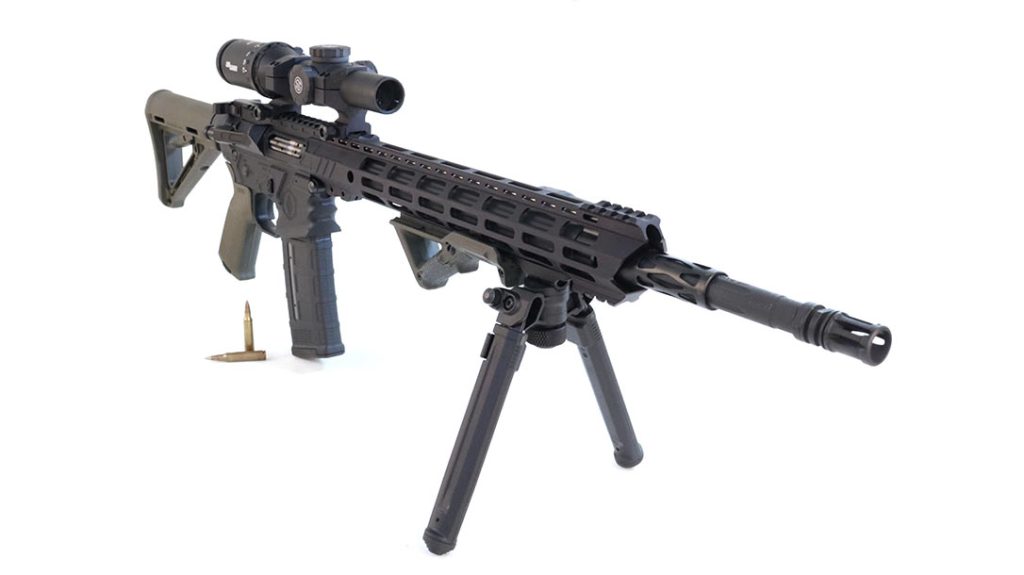
Combining these two extraordinary products results in a black rifle suitable for defense or competition that is simply a cut above more pedestrian fare. If you’re the sort, who’s willing to trust the safety of his family to the lowest bidder, then hit your local gun emporium and ask to see something cheap.
However, if you want to exercise maximum control over your shooting experience and you enjoy even a modicum of mechanical aptitude, then, by all means, read further.
Advertisement — Continue Reading Below
Ballistic Philosophy
There are frequently multiple paths to reach a common destination. A 2021 Ford EcoSport will get you 29 miles per gallon on the highway and technically seats five. In its stripped-down configuration, this spiffy little SUV will set you back $20,395. The EcoSport is cute as a bug and will reliably move your carcass from point A to point B.
By contrast, an Aston Martin DBX SUV gets 23.5 miles per gallon on a proper road and also seats five. However, the DBX also features a clamshell bonnet, an acoustically laminated windscreen, aluminum and composite body panels, and “swan wing” opening infinite stop frameless doors.
The DBX’s powerplant puts out 542 hp and will take you from zero to 60 in 4.3 seconds. This remarkable piece of English engineering tops out at 181 miles per hour. In its most basic configuration, the Aston Martin DBX starts at $176,900. It will also reliably get you from where you are to where you wish to be.
Advertisement — Continue Reading Below
So what’s the real difference between the Ford EcoSport and the Aston Martin DBX? At its heart, that question comes down to style and control. The DBX offers an interactive driving experience, whereas the EcoSport is simply transportation.
Additionally, if you pull up to the pickup line at your kid’s grade school in an EcoSport, nobody will know you’re there. The same chore in a $176,000 Aston Martin will earn you more than a handful of admiring looks. And perhaps a few new friends. It all comes down to means and priorities. So, it is with weapons as well.
Sending Rounds Downrange
There are lots of ways to throw 5.56mm rounds downrange nowadays. Some are more precise and more expensive than others. In the Information Age and in the kinds of circles in which you and I run, a person’s guns are a reflection of his or her personality.
Advertisement — Continue Reading Below
A low-end, bodged-together parts piece is a cost-effective means to secure your person against harm. Not to mention, a great way to kill a lazy Saturday afternoon at the range. Such a rifle is reliable, accurate, and effective. However, for the serious shooter, 3rd Gen Tactical and Riflespeed let you do it with so much more elegance.
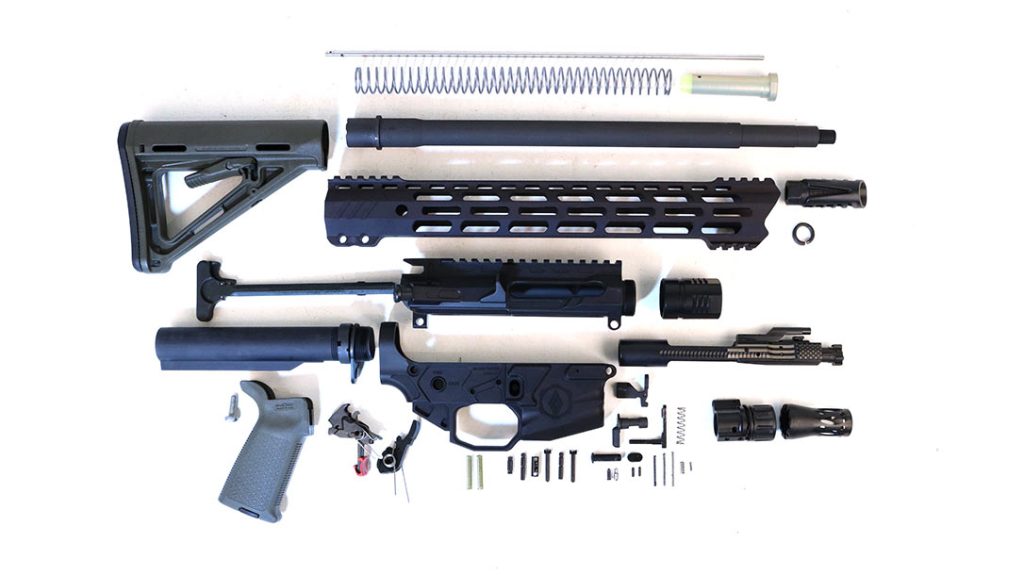
Classy Chassis
The 3rd Gen Tactical lower receiver features an oversized triggerguard, a Type III hard anodized finish, an ultra-flared magazine well, and finger grooves cut into the front to accommodate the weak hand. The lower accepts mil-spec parts and features a couple of handy tweaks to the original design.
Advertisement — Continue Reading Below
Anyone who has ever built an AR at home appreciates that driving in the pivot pin for the bolt catch is invariably onerous. The 3rd Gen Tactical lower receiver uses a threaded pin in place of the traditional roll pin. Trust me, that makes all the difference in the world.
The rear pivot pin is retained with a detent and plunger that come up from the bottom. This is secured by the pistol grip rather than the more traditional buffer tube nut design. The exterior of the receiver is skeletonized for extra cool points.
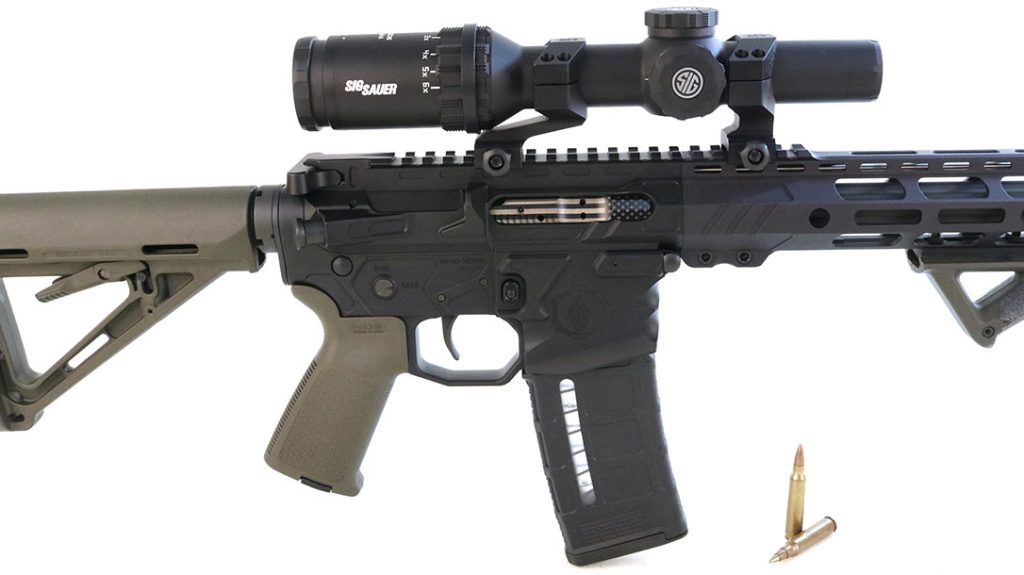
Advertisement — Continue Reading Below
The upper receiver is cut from the same stuff and finished to match. It includes a forward assist and shell deflector but eschews the traditional ejection port cover. The sundry aesthetic cuts perfectly complement the matching lower. The top of the receiver sports the obligatory full-length Picatinny rail for optics.
The forearm rail is cut from 6061 aluminum with the same Type III hard anodized finish. There are bilateral sling sockets and M-Lok slots aplenty. The architecture is slim and svelte, with an internal diameter of 1.3 inches to accommodate a free-floated barrel.
The barrel nut is cut from 7075-T6 stock and secured with an inimitably rigid friction lock. There is a spot of rail on the back, up top for extended optical solutions, as well as two more bits up front for an iron sight, bipod, or whatever.
Advertisement — Continue Reading Below
Build it Yourself
The synergistic whole produces a sexy-cool rifle that is rugged, lightweight, and mean. If you can change the oil in your car, you are capable of building this thing at home. Should you get stumped, there is always the miracle of YouTube.
Under The Hood
When Gene Stoner and a few others contrived that first AR-15 back in the 1950s, they made maximum use of aviation technology pioneered during World War II. That’s where the aluminum receivers and plastic furniture came from.
The direct impingement gas system was really little more than a piece of stainless-steel hydraulic tubing cut to length. This simple design obviously works, but it is a bit crude. The Riflespeed Gas Control System lets you meter the gas that runs the bolt for an added degree of precision and control.
Advertisement — Continue Reading Below
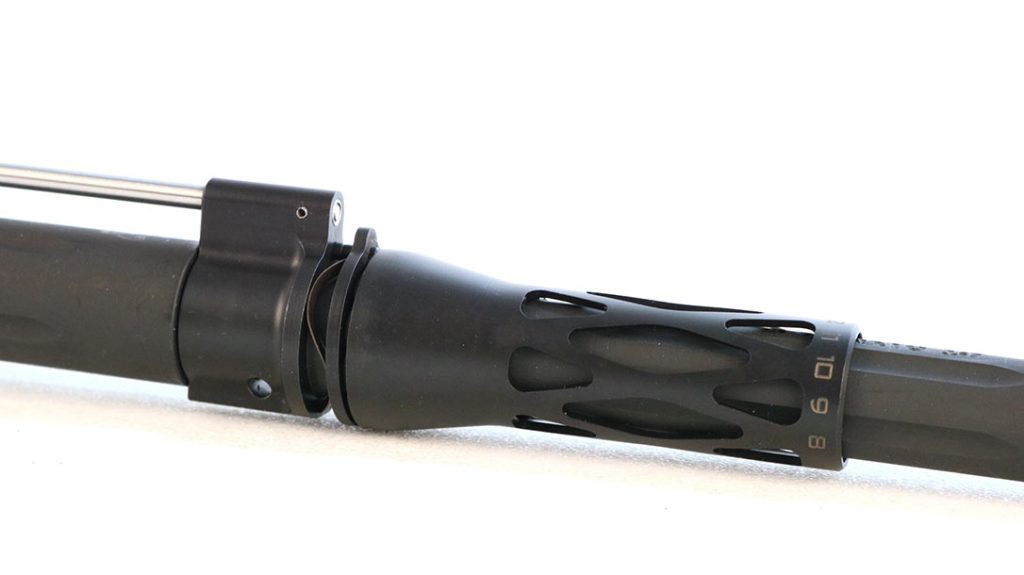
The Riflespeed GCS is for the person who likes to fiddle with things. It consists of a custom gas block with a rotating valve. A variety of control knobs accommodates the particular geometry of your build.
Short versions are for rifles wherein the gas block is near the front of the forearm. The longer varieties give you access to the system when the forearm telescopes out a bit. The GCS also requires a straight gas tube that is available on the Riflespeed website.
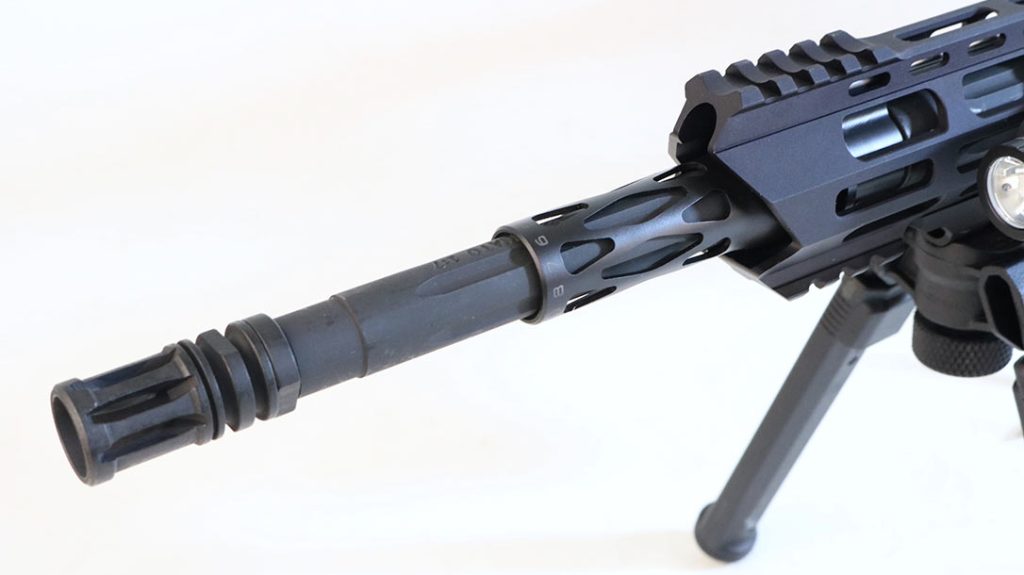
There is a huge table of proposed gas settings for various barrel types and ammo loads included with the set. However, I found that trial and error offered the best performance. Just start with the GCS nearly shut, fire a round and repeat as necessary, backing the setting off until you get reliable operation. The end result is the smoothest shooting, lightest recoiling AR rifle you’ve ever hefted.
I tried a dissipator barrel first and found that it lacked the horsepower to drive the system. Smaller Riflespeed replacement plungers would accommodate that. Once I swapped to a barrel with a little length ahead of the gas port, it ran like a champ. Installation took maybe half an hour.
Trigger Time
A Sig Sauer TANGO6T variable power optic optimizes the rifle from bad breath range out to the limits of the cartridge. Uncle Sam bought a whole pile of these things and rightfully loves them.
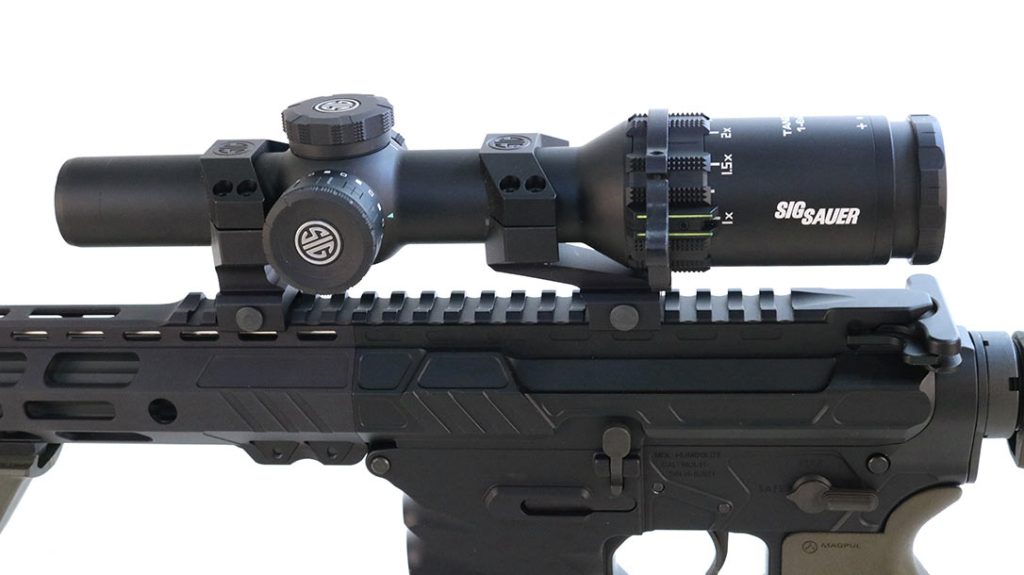
A Hiperfire drop-in precision trigger offers a beautiful user-adjustable pull weight and tweakable personality simply by exchanging the included drive springs. Magpul makes the superlative furniture and bipod. A Streamlight TLR9 tactical light displaces the darkness.
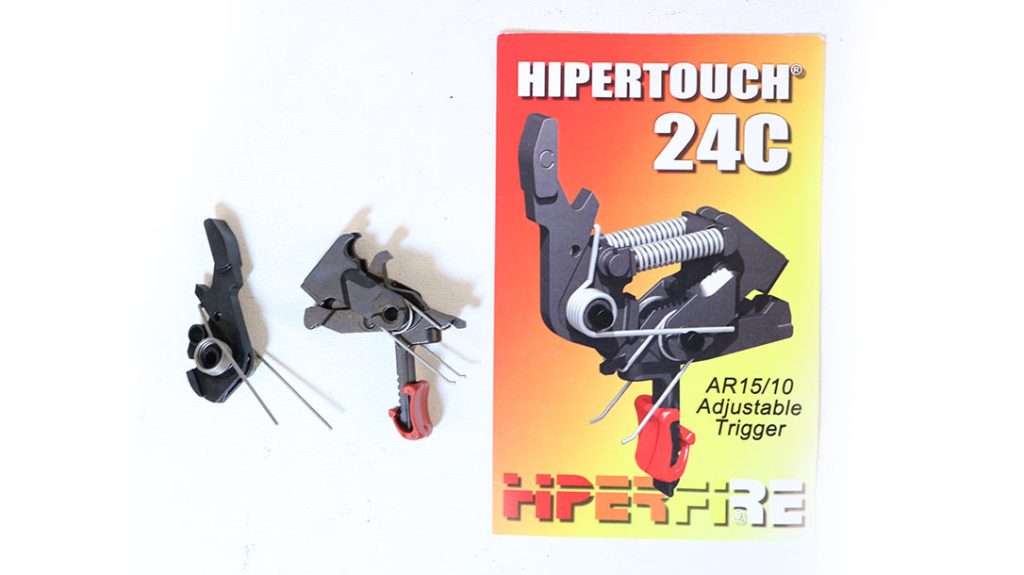
Once tweaked, the rifle runs like a flaming ape. It is great fun optimizing the rifle for whatever it’s eating. I ran everything from bulk Wolf steel-cased 55-grain blasting bullets all the way up to precision Sig 77-grain open-tipped match rounds.
Tweaking the gas system for a particular load doesn’t take more than a handful of rounds. Make note of your gas settings, and you can come back to them later. Should the action ever get sluggish, just open it up a notch and pour on the coal.
A 5.56mm AR has very little recoil anyway, but when equipped with the Riflespeed GCS, you can meter that down to its lowest possible impulse. Whether it’s precision shooting at distance or popping the threat across the room, this rig offers unparalleled performance. All up, it gives you another level of control over the process that you wouldn’t have with a lesser gun.
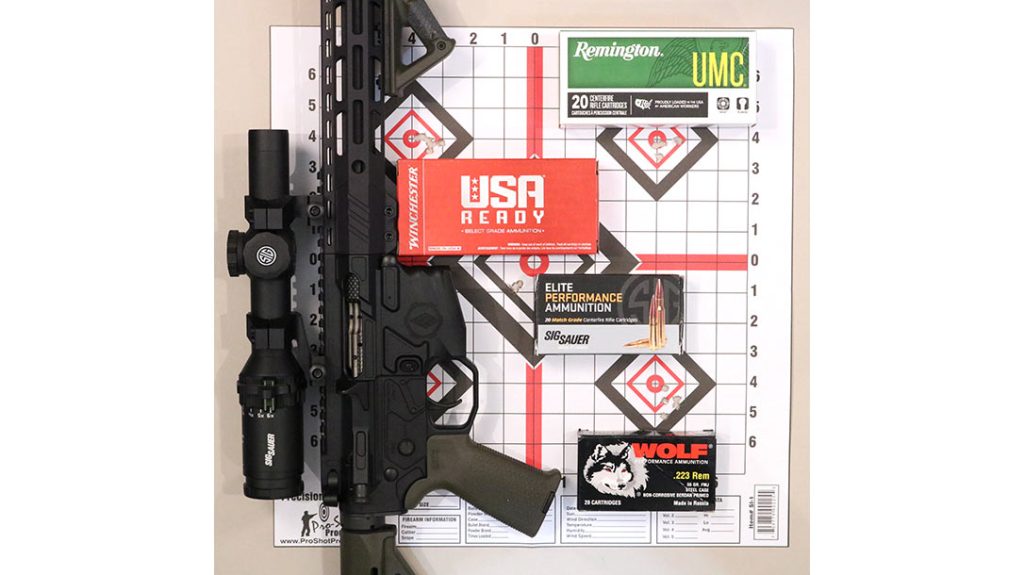
Once tweaked, the system was reliable with everything I fed it. It also shot nice and straight, as you can see from the accompanying photographs. For a guy who likes to fiddle with stuff getting there was half the fun.
Ready To Build?
There’s no shame in running a decent rack-grade AR from your local gun emporium. Such proven tactical tools took me through eight years in uniform and exciting travel to a lot of exotic places. However, if you’re ready to take it to the next level, 3rd Gen Tactical and Riflespeed have the tools to get you there.
I used a Gunner’s Mount building fixture to help keep track of the tedious bits. But you can certainly get by without it. Building up your own black rifle is an integral part of the modern American shooting experience. Once you imprint on the thing and spend a little quality time with it on the range, you will have made a friend for life.
For more information, please visit 3rdGenTactical.com and Riflespeed.com.
This article originally appeared in June-July 2022 issue of Tactical Life magazine. Get your copy or digital subscription at OutdoorGroupStore.com.

